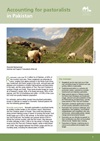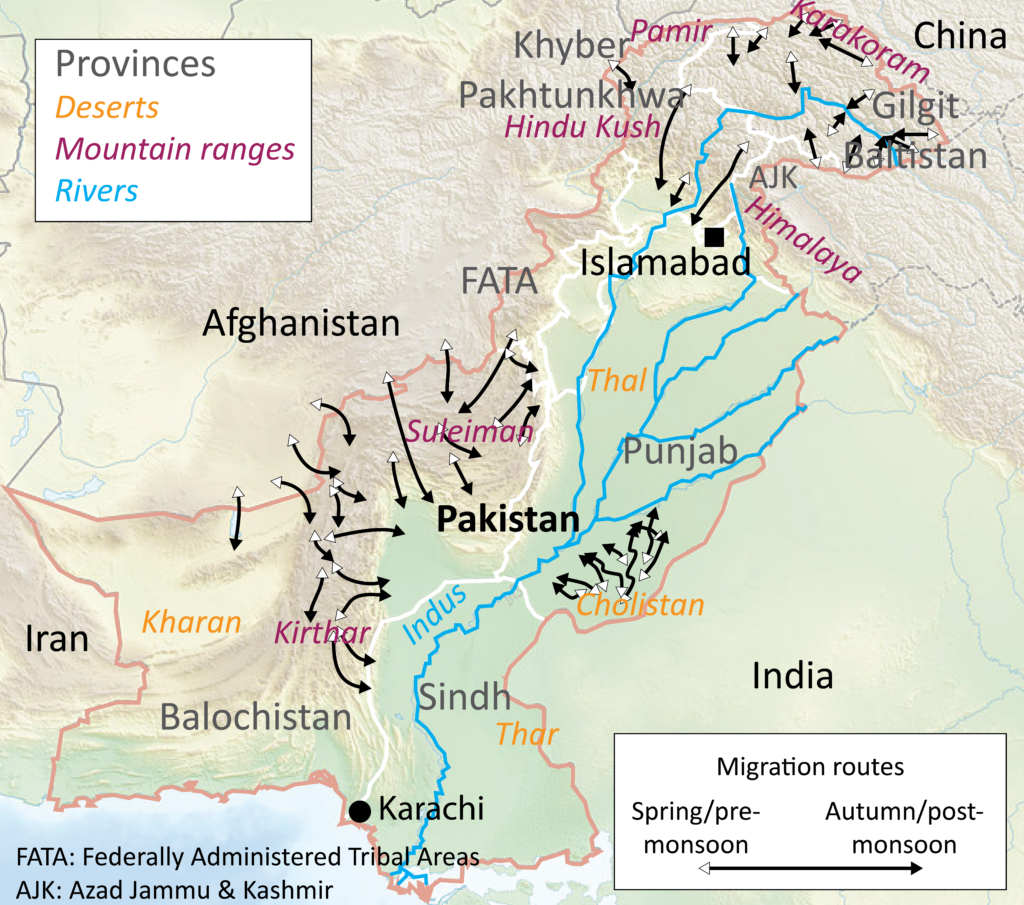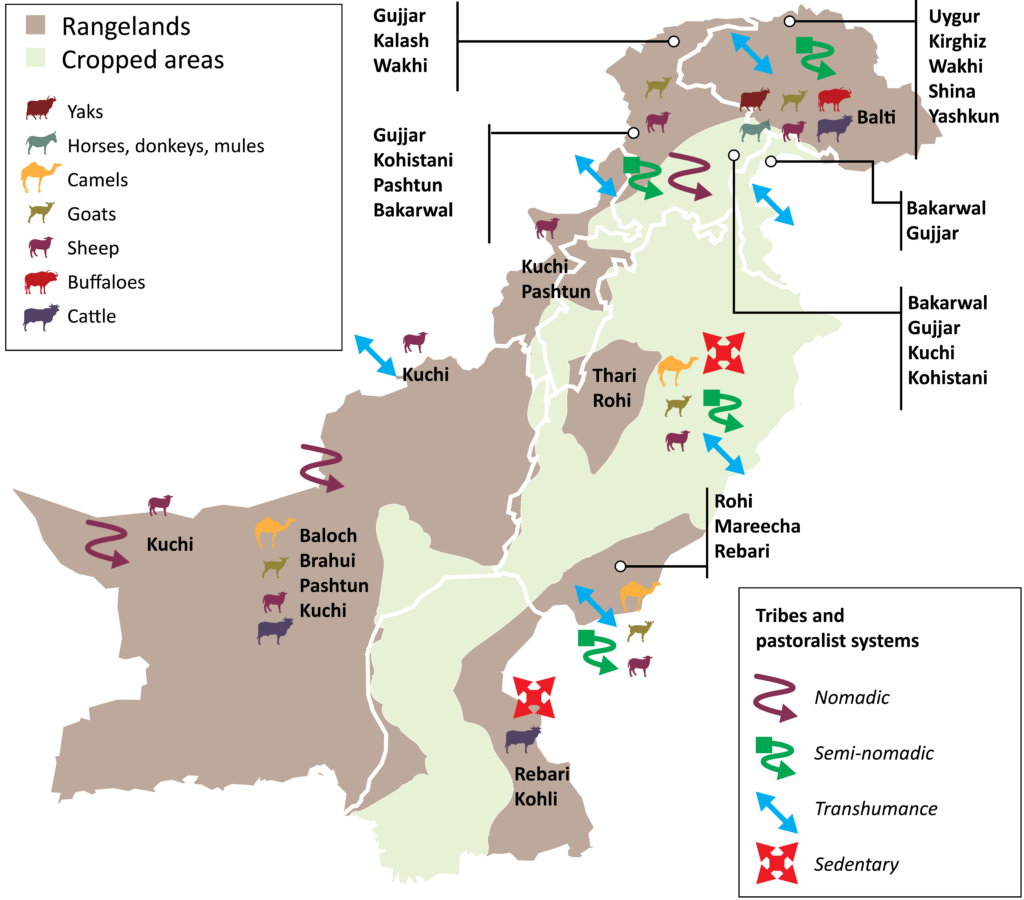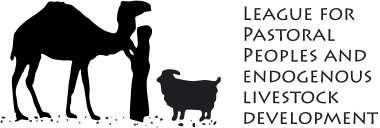
The latest in LPP’s Accounting for Pastoralists series of briefs focuses on Pakistan.


Khurshid Muhammad describes the various forms of pastoralism that dominate the deserts and mountains that cover much of this country. As in many other countries, reliable data on pastoralism is scarce, but it is possible to tease information out of the official statistics and academic studies to show the importance of this for of livestock management for the livelihoods of millions of people as well as for the national economy.
Clcik here for the brief.
Accounting for pastoralists in Pakistan
Rangelands are the main land use in Pakistan, providing forage for livestock and supporting millions of pastoralists. Traditional pastoralism is a centuries-old production system, sustained by nomadic, transhumant and sedentary pastoralists. Major pastoral regions in Pakistan include the Hindu Kush-Himalayan and Karakoram ranges, arid and semi-arid scrublands of Khyber Pakhtunkhwa and Balochistan, and the sandy deserts of Thal, Thar and Cholistan.
Pastoralists contribute significantly to national food security, subsistence and economy. But they face numerous challenges: land degradation, land grabbing, socio-political marginalization and competition over natural resources, unfavourable policies, climate change and environmental hazards. Pastoralists are not officially recognized, so their contributions are often not accounted official records. Reliable data is lacking. Pastoralism in Pakistan is declining due to various socio-political and ecological challenges.

Download document
